- Honda is the next automaker to partner with Tesla to add NACS charging ports to its vehicles.
- The Tesla Supercharger network has an uptime of 99%.
- Tesla is slowly retrofitting Supercharger stations with Magic Docks, but more automakers are promising to add NACS charging ports to their EV lineups.
As the Honda Prologue delivery date approaches, Honda Motor Co., Ltd. announced that the 2025 models will be outfitted with Tesla’s North American Charging Standard (NACS). This announcement shows how automakers are embracing the Tesla charging standards, especially as the Tesla Supercharger stations have proven to be reliable and powerful.
What Honda Models Will Be Compatible With NACS Ports?
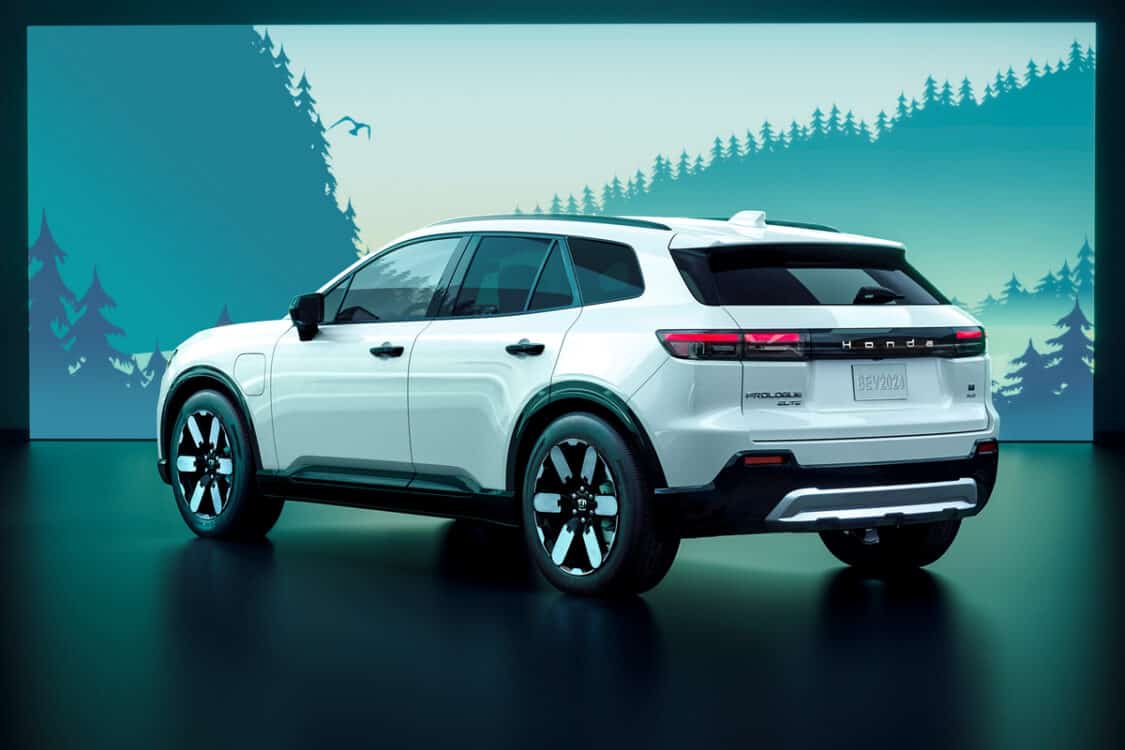
The 2024 models will still have the Combined Charging System (CCS) port, but the automaker is working hard to add NACS compatibility.
Honda is following several other automakers that are working in partnership with Tesla and its robust charging infrastructure. These automakers want to provide a reliable and convenient ownership experience, and they believe that the Tesla NACS charging stations will deliver it.
Automakers Partnering With Tesla
The other automakers working with Tesla include Nissan, Rivian, Ford, General Motors, Volvo, and Mercedes-Benz. If you are fortunate enough to live near a Tesla Supercharger station with Magic Docks, you can already use those stations to charge your non-Tesla vehicle.
Tesla has to retrofit its charging network to support non-Tesla vehicles. The mobility company has only retrofitted a handful of stations in California, New York, North Carolina, and Texas.
It benefits Tesla to take its time retrofitting its stations, especially as more automakers are promising to change their EV charging to accept NACS ports. Changing the ports puts the financial and engineering burden on the automakers, removing it from Tesla.
Why the Sudden Change?
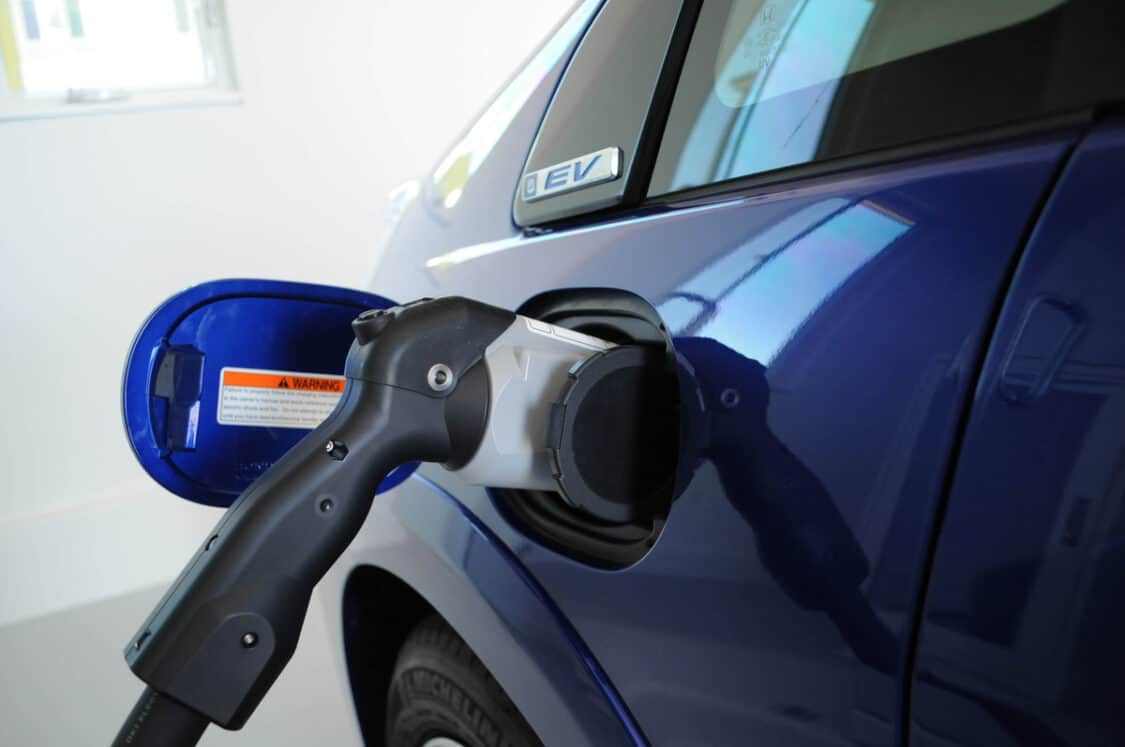
Tesla has taken several recent steps to make the most of the Inflation Reduction Act and the electric vehicle incentives. The automaker lowered prices on all models, even those with the Plaid trims.
Tesla doesn’t just build cars, so it has also taken steps to maximize its profits by adding more EV charging stations and opening them to non-Tesla makes and models. The federal government has a $7.5 billion budget dedicated to building a nationwide charging network. If Tesla wants to get its hands on any of this money, the company must open its network to all vehicles.
NACS vs. CCS
When it comes to DC fast-charging stations, NACS and CCS stations are equally fast. They can both charge at speeds up to 350 kW, so drivers can fill their EVs from 20% to 80% in less than 20 to 30 minutes.
The major difference lies in reliability. Tesla has more than 17,000 fast-charging ports at Supercharger Stations, and they have a network uptime of 99%. Tesla drivers trust that their charging infrastructure will work all the time, everywhere.
On the flip side, the CCS network for non-Tesla vehicles isn’t as reliable. EV drivers often complain about broken charging stations from all the major manufacturers. In fact, charging uptime can be anywhere between 70% and 85% – meaning that 15% to 30% of EV charging stations are not functional.
Imagine if gas stations had this problem.
Growing the NACS Network
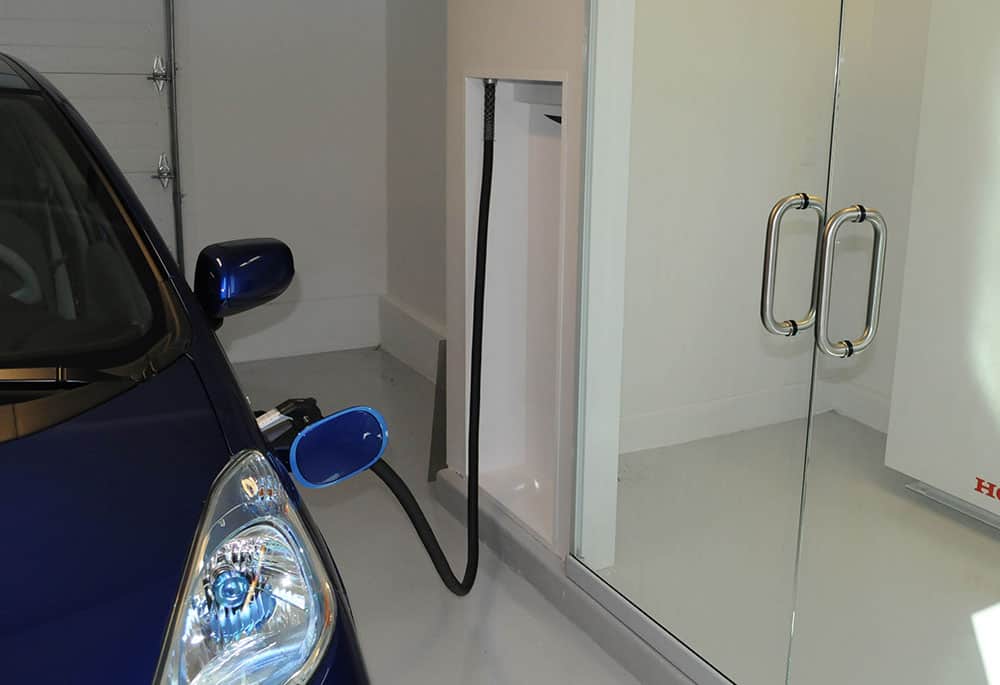
If Tesla is going to deliver electricity to more EV drivers, it will need to grow its network. There are more Tesla vehicles on the road than the Superchargers can support. Many automakers are releasing new EVs in the 2024 and 2025 model years. Affordably priced models like the Chevy Equinox EV will bring more drivers to the EV market, putting even more strain on the growing network.
Fortunately, non-Tesla charging companies and equipment manufacturers are promising to add NACS ports. Soon, EV drivers will see these smaller plugs at ABB, Blink Charging, Chargepoint, Electrify America, EVgo, FLO, Freewire, Tritium, and Wallbox public stations.
ADVERTISEMENT

SOURCE | IMAGES: HONDA
FTC: We use income-earning auto affiliate links. Learn more.


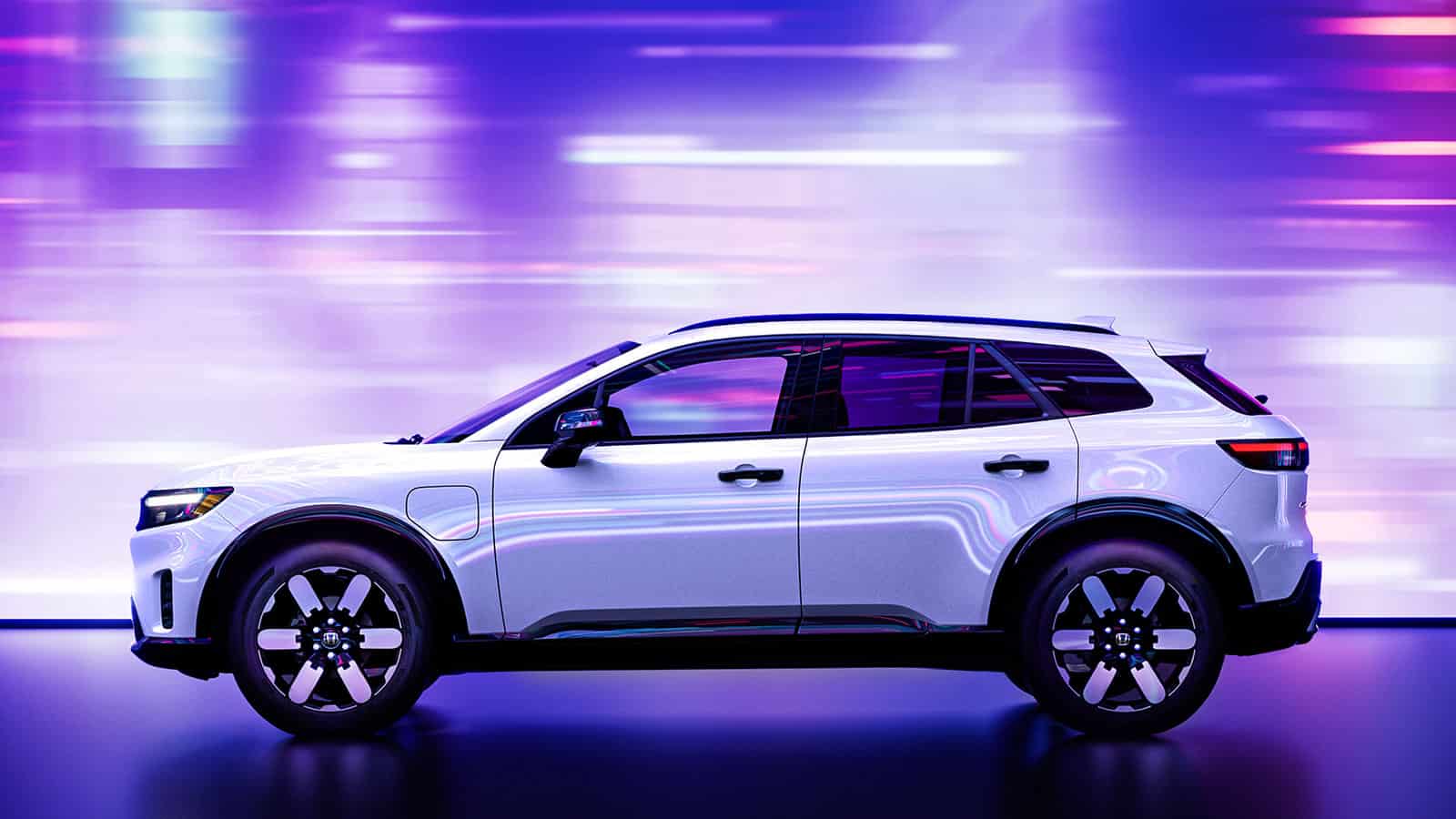
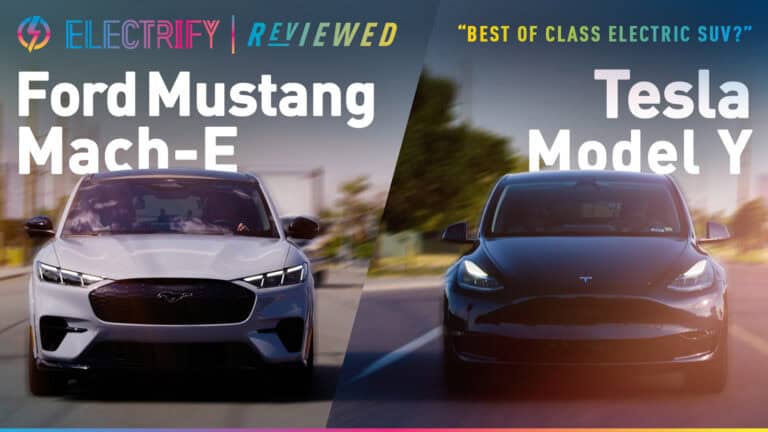
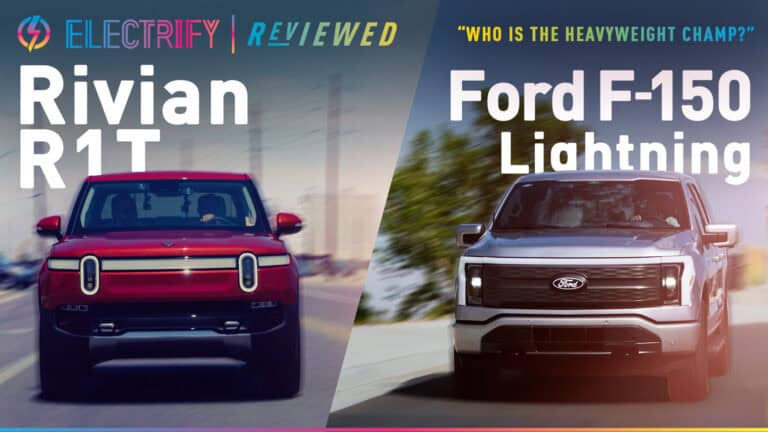

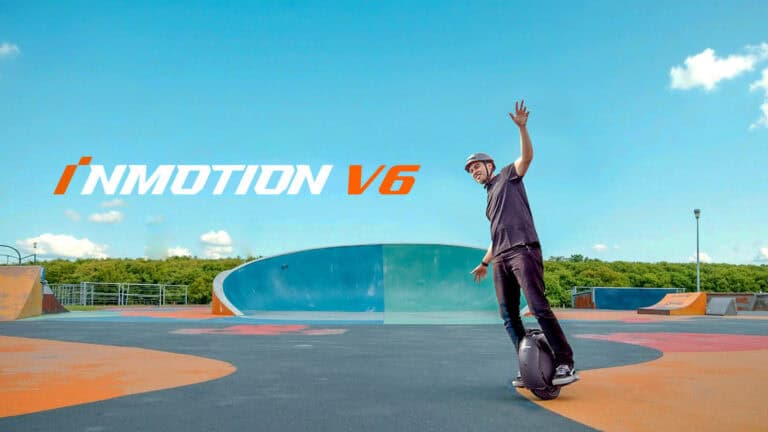




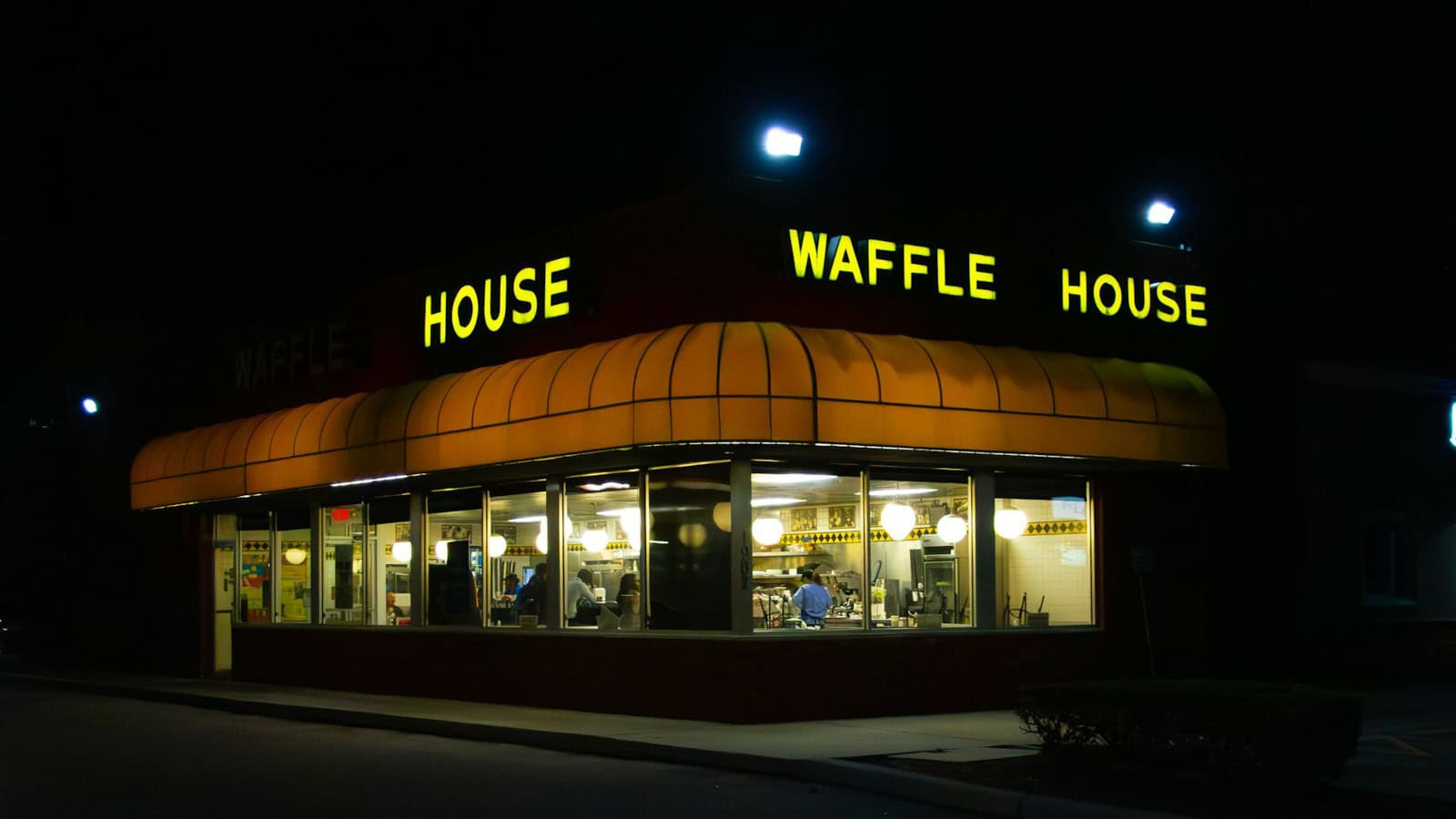
One Response
What are those of us with older EVs with CHAdeMO chargers supposed to do? In my experience, many charging stations that support CHAdeMO are broken or in use with absent drivers. WIth my EV’s 100 mile range, it’s now impossible for me to drive farther than 50 miles. Some stations I used to use are now gone or converted to CSS only. Another disadvantage for a woman traveling alone is that stations are located in scary, isolated places that are impossible to find after dark no matter what app I’m using. Is there any effort underway to help/encourage/subsidize existing gas stations (well lit, conveniently located, bathrooms, food, etc.) to provide banks of charging stations with different styles of connectors? This would help ease their transition away from gas.